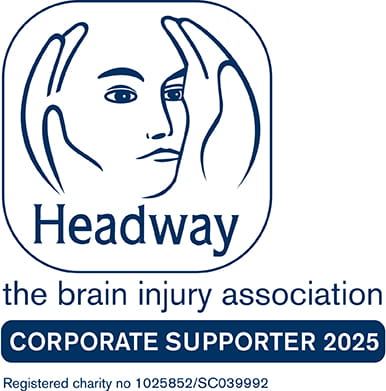The latest report for the year 2017/18 is a reminder of how great the risk of suffering an asbestos-related disease in certain occupations is, recording over 5,000 asbestos-related disease deaths per year currently.
Mesothelioma deaths continue to increase in over 75s
The report concludes that 2,595 mesothelioma deaths in 2016 were due to past asbestos exposure and that annual deaths are continuing to increase among those aged 75 years or over. This is a consequence of the fact that mesothelioma symptoms take many years to develop and people of this age are far likelier to have been exposed when asbestos in all its forms was still in common use in a number of industrial and domestic applications.
Workers in building industry at greatest risk
The figures again suggest that men who worked in the building industry when asbestos was used extensively are now among those most at risk of mesothelioma, with an epidemiological study (Mesothelioma in Great Britain) suggesting that about 17% of currently occurring mesotheliomas among men born in the 1940s can be attributed to carpentry work alone.
A key factor affecting these former carpenters appears to be the extensive use of insulation board containing brown asbestos (amosite) for fire protection purposes. That was certainly the case with Shoosmiths client Rodney Snare, who cut asbestos sheets for caravans, and now suffers from asbestosis.
Mesothelioma deaths in women increase
However the data also suggests that mesothelioma deaths among women have also increased over the last four decades. It is difficult to explain this apparent increase in cases, since women are far less likely to have worked in the ’obvious’ heavy industries that used asbestos. This suggests exposure to asbestos in these cases did not occur at work, nor through the direct handling of asbestos containing materials.
The HSE speculates that this increasing incidence of mesothelioma in women may have been largely unwitting exposure (e.g. due to disturbance by others working nearby) and epidemiological studies support this view.
There were 2,170 new cases of mesothelioma assessed for Industrial Injuries Disablement Benefit (IIDB) in 2016, of which 240 were female (compared with 220 in 2015). However, only a minority (around a third) of mesotheliomas in women are a result of either occupational or domestic exposures, such as washing contaminated work clothes for example.
The increase in mesothelioma deaths among women implies that there has been an increase in the average background mesothelioma risk among older women due to asbestos exposure that the HSE concedes is not readily identifiable.
Disclaimer
This information is for educational purposes only and does not constitute legal advice. It is recommended that specific professional advice is sought before acting on any of the information given. © Shoosmiths LLP 2025

















